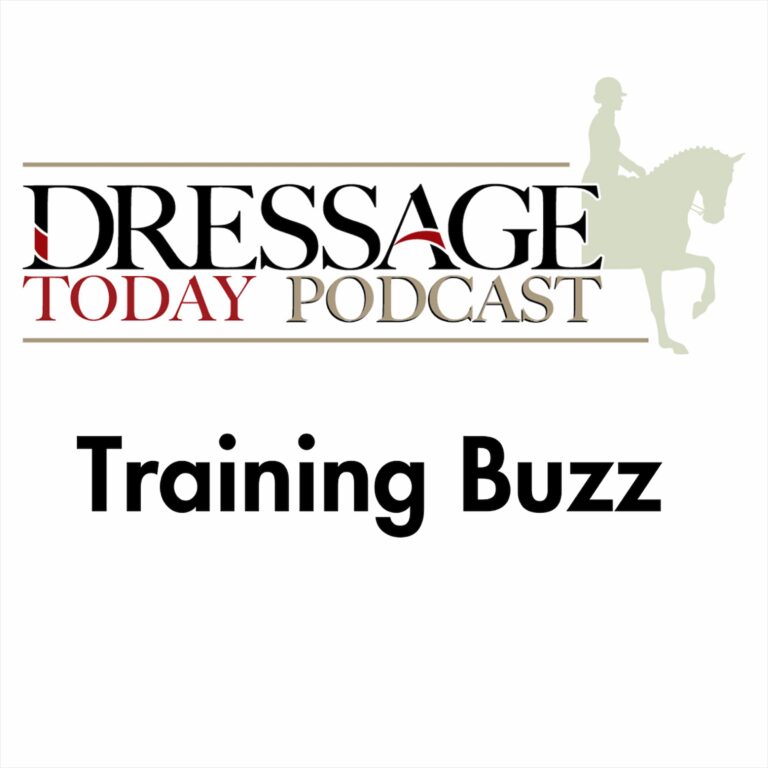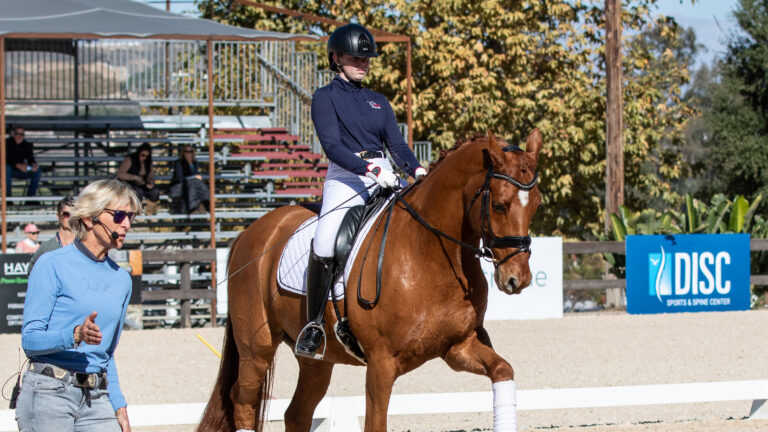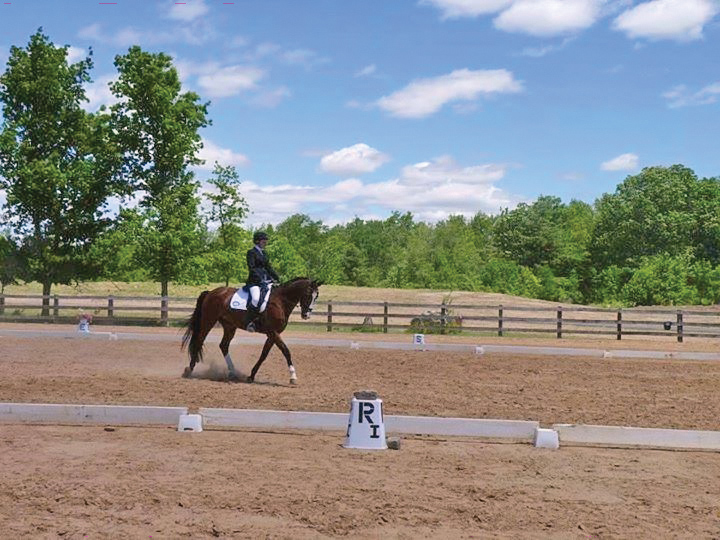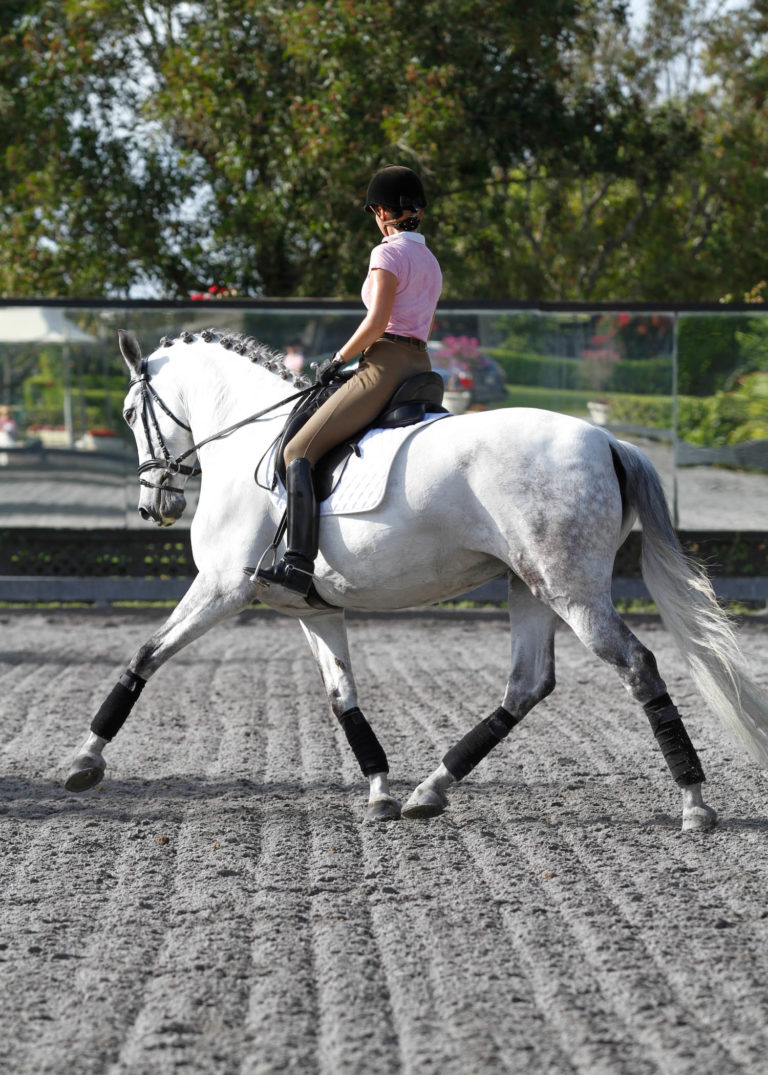As a young rider in Hungary, I remember how three moments of evolutionary breakthroughs made all the difference in my riding. Like all young riders, I was very impressed by the sophisticated equine “professors” who moved in a posture of big, rounded necks, as opposed to the thin, inverted racehorse necks. Being pragmatic and used to getting things done quickly, the easiest solution to achieving this seemed to manipulate the neck with the reins until it appeared to be round. My coaches discerned my stealth manipulations and got on my case, leaving me with a sense of shame and desperation—for if not fussing with the horse’s neck, how in the world would I get such a neck?
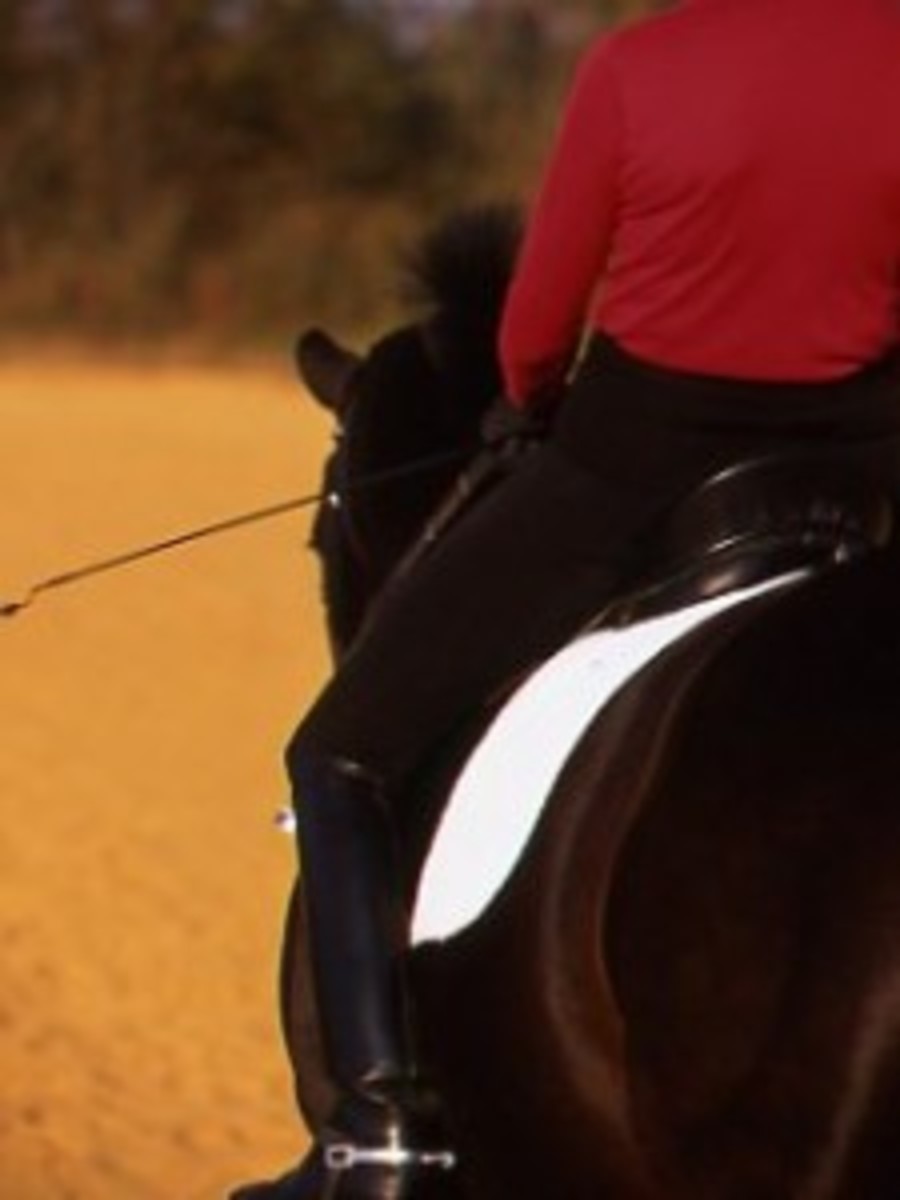
Backed up by my relentless coach, my patient horses soon revealed a most stunning discovery: The horse’s neck—which at first sight seemed to play the most prominent role in dressage and seemed the most significant part of the horse—became a revelation when it was explained to me that to influence its position one must work on its position from the haunches rather than from reins.
The principle of this discovery is similar to the principle of sweeping dust into a dustbin with a broom. As you sweep, the dustbin travels forward, while you keep sweeping the dust into it. The dustbin never stops–it has to move in order to receive the dirt gathering up.
Similarly, a horse’s energies are gathered up from behind and by yielding on the reins and giving him the room to step through to the center of gravity, the neck will shape to reflect the activities in the haunches. Trying to achieve collection by working on the horse’s neck cuts the horse off in the front, confining him and preventing the hind legs from lifting, suspending and powerfully supporting the rider’s balance.
After gaining this knowledge, I realized that a horse consists of three bascules: The neck is the front bascule, and it’s the easiest to access and manipulate.
The second bascule is the horse’s back, which takes more knowledge and skill to mobilize, supple and engage. The importance of its functioning is widely acknowledged by riders. If a horse has what we called a “warm back”—a loose, supple and oscillating back—he can lift the rider. A correctly suppled back is a prerequisite for the horse to move in its entirety and not merely with his legs. A supple back feels like sitting on a suction cup; it comes up and supports the rider’s pelvis. On the other hand, if a horse has what we called a “cold back”—low and stiff—the rider achieves nothing other than growing old while sitting on an unhappy charger.
The third bascule—the hind end with the haunches—should tilt the horse’s pelvis forward and lower the croup to articulate at the sacro-lumbar joint. This last bascule is the one that is most widely ignored by riders. If it were addressed, one would see many more horses that lower their croup, tuck under and sink on supple joints toward the ground when impacting on it. Horses whose hind ends are ignored are horses that move with high croups, bouncing their buttocks upward when chased around by an ill-advised, “forward thinking” rider. They have ill-developed muscles and are lacking in strength and suppleness, although they might appear to have round necks.
Once I understood to ride the horse’s hindquarters instead of his neck, the second breakthrough came when I realized that riding is a “dancing” partnership with the horse. Every horse has a certain signature rhythm, a certain footfall that’s like a fingerprint in a human—nobody else has it. It is determined by the horse’s conformation and temperament. Only when a rider aids in the rhythm of the horse’s footfalls will they make sense to the horse. Horses don’t understand banging and poking with legs out of phase, although the rider might sometimes use a kick as a wake-up call. A horse that’s pushed out of its signature rhythm will not be able to remain relaxed in his gaits, especially in extensions.
So, as a student, I was asked to get into a rising trot and tell my coach when I found the horse’s perfect rhythmic profile. Once I had established that, I was able to stimulate the horse to more activity without changing his rhythm. This resulted in a dancing, free, forward, suspended, rhythmic movement without the horse running off, yet never confined in the front.
The third important principle I realized was an understanding of how to keep the horse together without confining his haunches by the reins. My coaches insisted that the reins may be used for a thousand things except for two: to inhibit the haunches or to set the shape of his neck. A horse must always be encouraged to keep his rhythm and activity seamless while the rider changes his posture and stride. Instead of shaping the horse from the reins, the legs and seat must do the job. A well-schooled horse will collect on even sagging reins into a piaffe or school canter. No need to hold him together, only leg-ride him together. Consistent and knowledgeable use of half halts aims to educate the horse to understand the leg aids not merely as an order to “go” but rather as a stimulation to “energize” without running off.
When thinking about collecting a horse–closing a horse from behind to shift his center of gravity further back–many riders only think of closing the horse longitudinally from hocks to bridle. However, one also closes the horse laterally, i.e., from outside leg to inside rein, and from inside leg to outside rein, like an X. In the half pass, when the horse is closed correctly, he lowers his outside hip and thrusts his pelvis toward the inside shoulder. In the shoulder-in, the inside hock is supposed to reach so deep–not just across but deep forward–that it reaches level with the outside stifle.
These three principles resulted in insights that allowed me to train to higher levels. I wish you well as you ride your horse in his native rhythm, closed from behind, strong and seated, elastic and supple, unencumbered by misused reins.
Charles de Kunffy is a U.S. Equestrian Federation “S” judge and a popular clinician around the world. He is the author of six books, including Dressage Principles Illuminated and the video The Art of Classical Dressage. Based in Palm Springs, Calif., he maintains the website www.charlesdekunffy.com.


